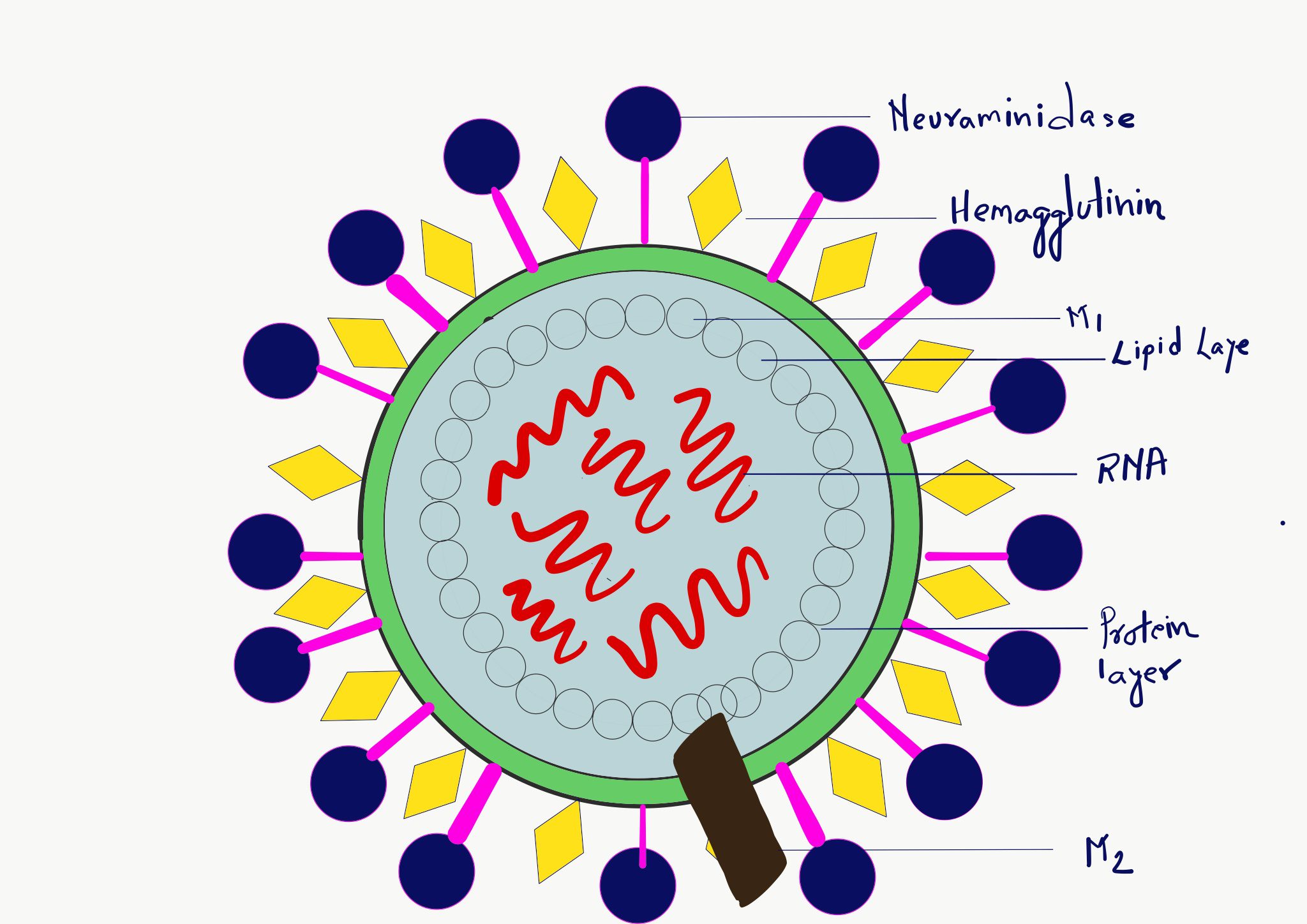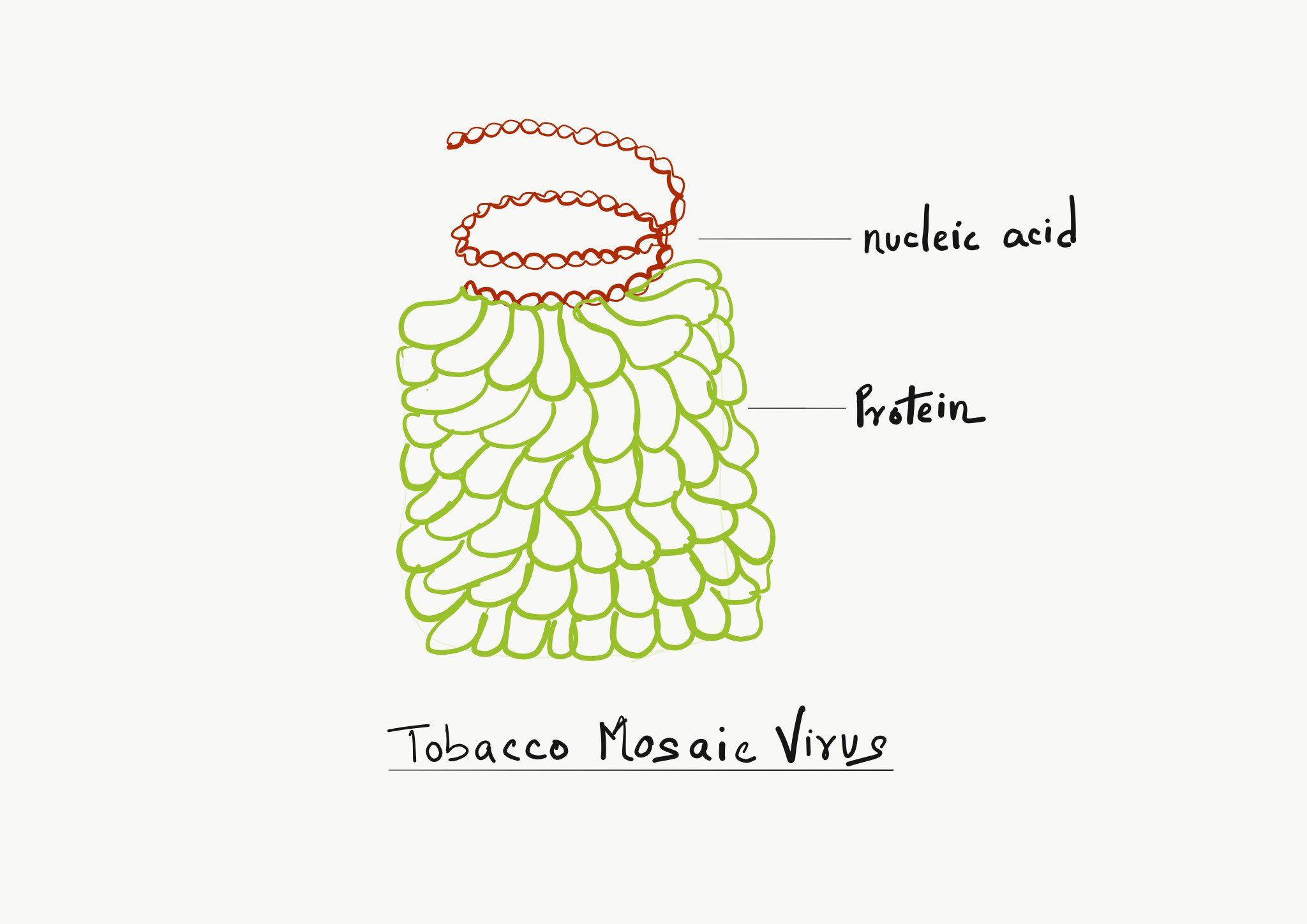
Difference between animal, plant virus, and bacteriophage
Viruses are very small even smaller than bacteria and are mainly parasitic in nature. Depending upon the host, they are widely categorized under three different types namely animal, plant viruses, and bacteriophage. Although all of them have basic similarities depending on the host type and genetic material these also possess some differences. The following table shows the differences in viruses based on their host.
The following table shows the major differences between animal, and plant viruses, and bacteriophages in simple words with examples and diagrams.
S/N |
Animal Virus |
Plant Virus |
Bacteriophage |
| 1. | Viruses that infect animals or human beings are known as animal viruses. | A plant virus infects plants | Bacteriophages attack bacteria. |
| 2. | The genetic material of animal viruses is either DNA or RNA. | Here the genetic material of the plant virus is RNA. | The genetic material of bacteriophage are either DNA |
| 3. | Genetic material is single-stranded in the case of RNA and double-stranded in the case of DNA. | Single-stranded genetic material is present in plant viruses. | Genetic material is either single-stranded or double-stranded DNA or single-stranded RNA. |
| 4. | An envelope surrounds the protein coat or capsid of animal viruses. | A protein coat or capsid is absent in plant viruses. | An envelope does not surround the protein coat or capsid of bacteriophage. |
| 5. | Multiplication of animal viruses is done by two types of methodsPermissive growth and non-permissive growth | Replication and movement are done via plasmodesmata. The virus also causes the complete death of the plant cell. | Multiplication of bacteriophage follows two types of methods cycle cycleLysogenic cycle |
| 6. |  |
 |
 |
